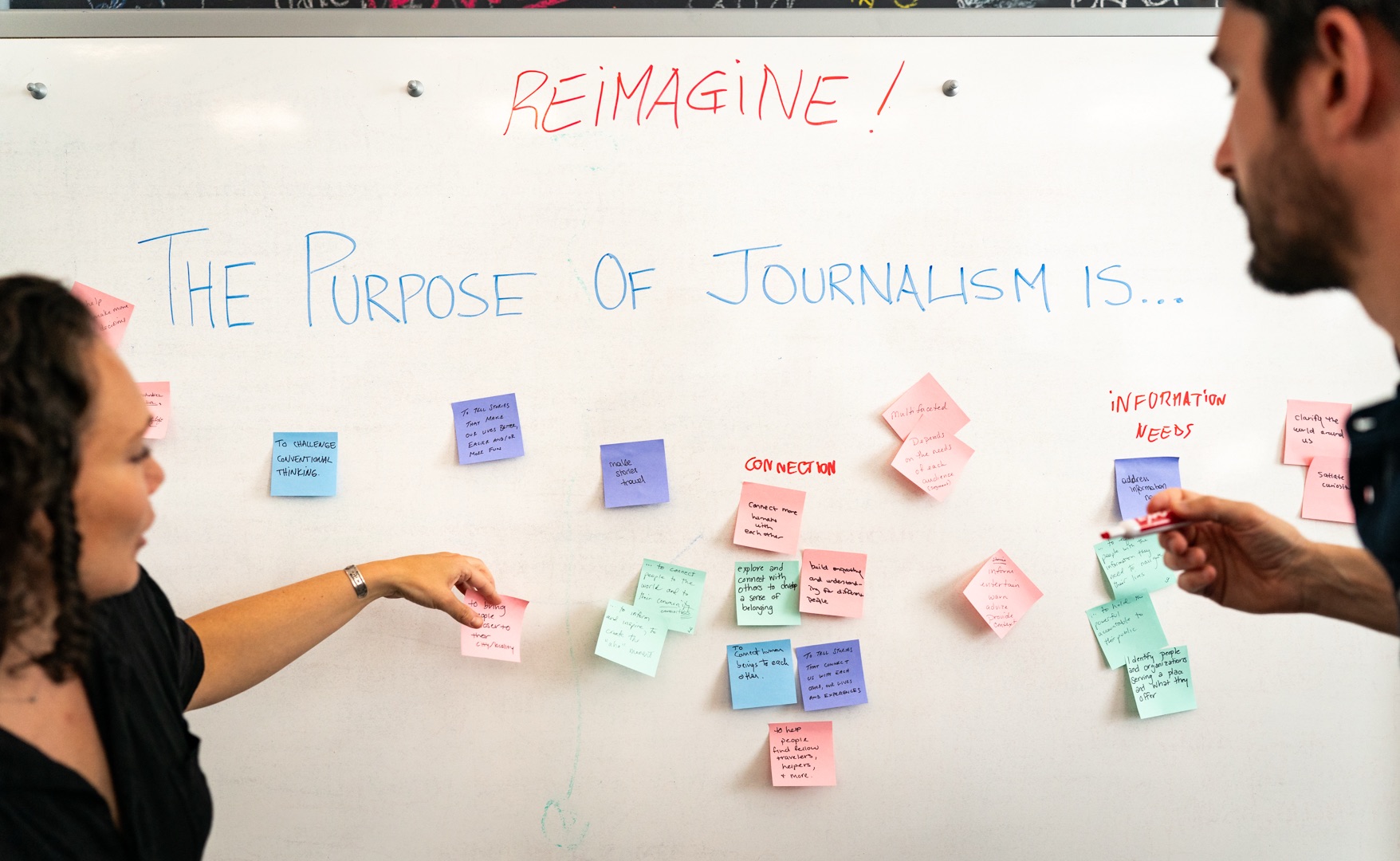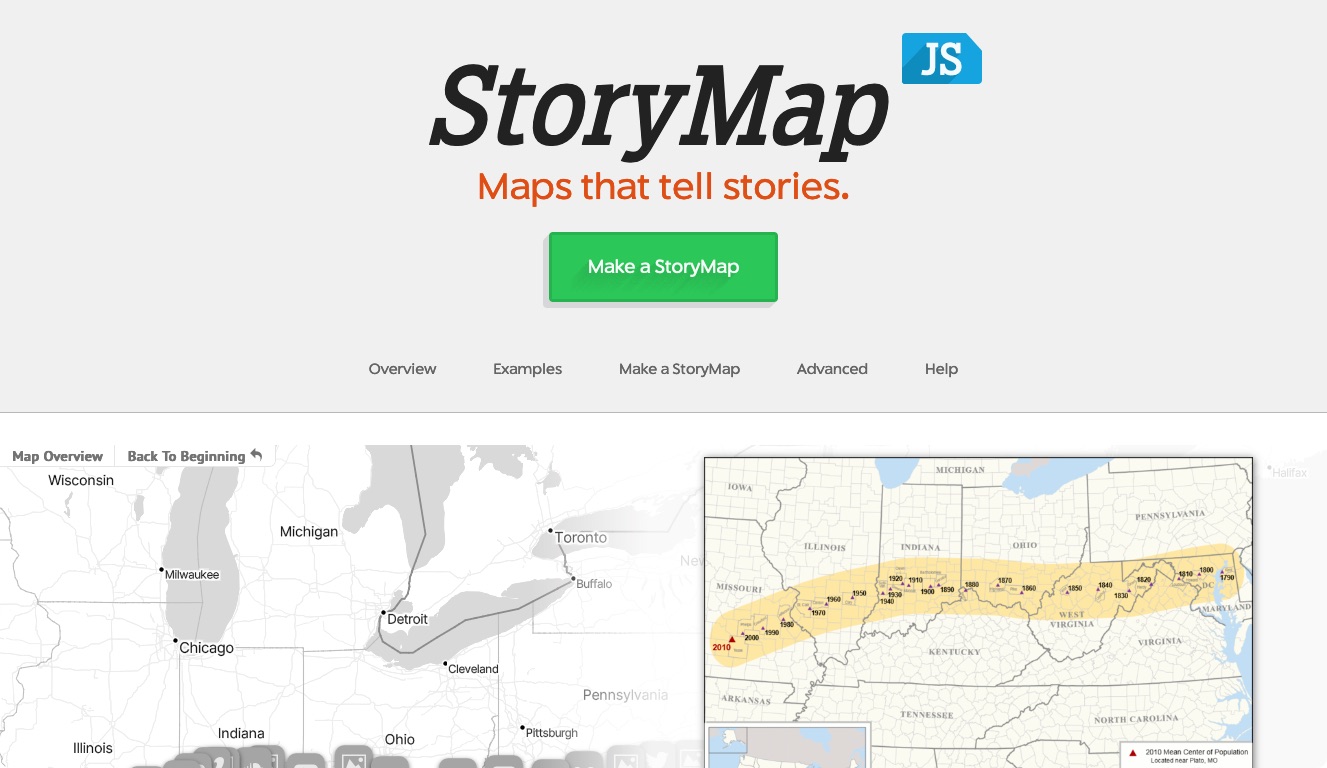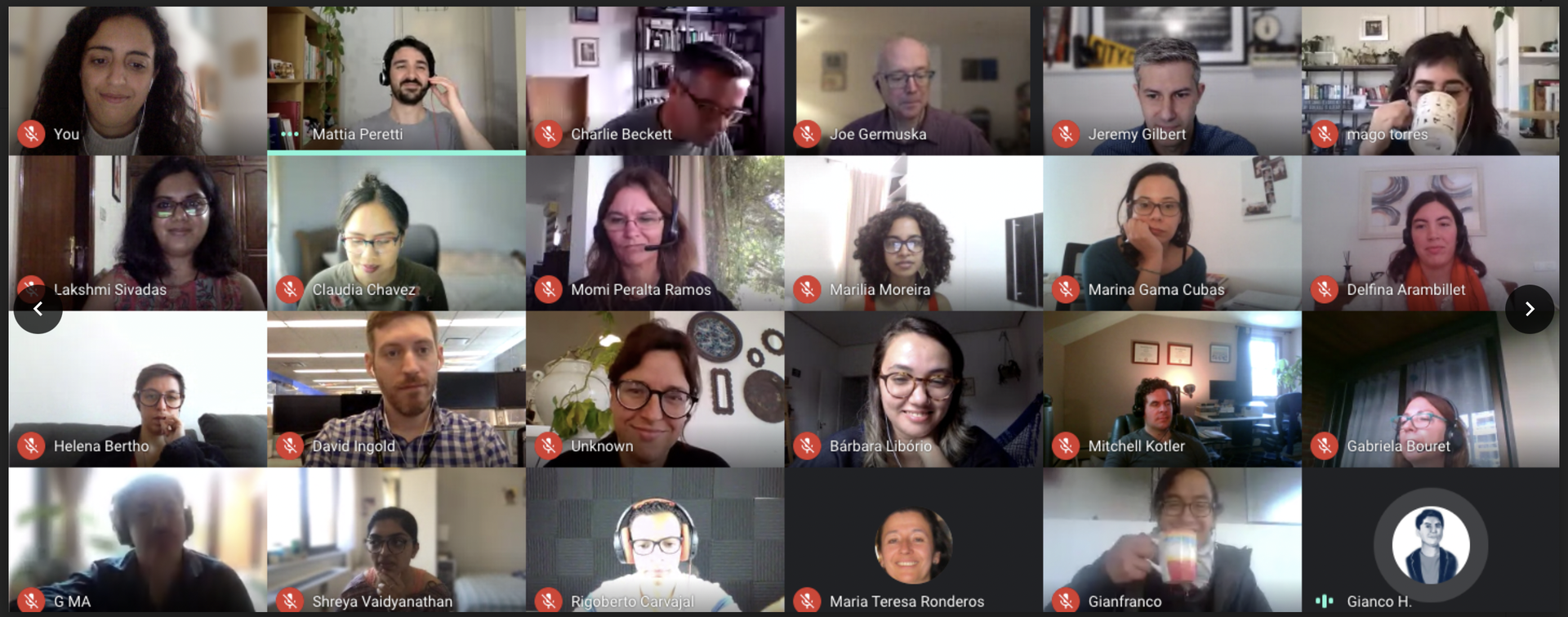This year at MozFest, I responded to a “call for help” from three African nations to solve the mysterious drop in life expectancy they experienced. In a session called “Data Expeditions: Scout the Data Landscape with our Data Sherpas” (organized by a caped Michael Bauer) all participants split into groups to research and tell a story. My group, made of people with diverse backgrounds, reminded me how valuable a wide variety of skill sets can be, working together throughout an entire process. As a designer, the exercise showed me the importance of getting involved early—using visual thinking and making a better product in the end.
The ten MozFesters in my group ranged from students (like myself) to bankers with hacktivistic hobbies to professional digital journalists. Putting all of us together, with all of our diverse backgrounds and problem solving methods, allowed us to see what kinds of problems we would encounter in a more extensive project and learn many varied ways of attacking those problems. The natural tendency is to split work according to areas of expertise. The number-crunchers had dibs on the thumb drive containing the life expectancy data, and researchers vetted the World Bank’s online data archives. Once enough numbers were collected to paint a decent picture of the overall situation, the journalists and researchers scoured the internet for facts, dates, political programs and other explanations for the data we found. But one of the most valuable parts of this session was forcing us all to help (at least a little bit) with all the moving parts. Three hours isn’t enough time to set up an assembly line and chain of command. We worked together as best we could, learning and doing at the same time.
Our mission was to find and interpret the vast amount of data accessible with the Internet, and then tell a clear story about it. Visual thinking is clearly important for storytelling (especially with data, charts and graphs are key), and it’s undervalued in research. As a visual thinker and a journalist, I found myself able understand and interpret various charts and ask questions that led to explaining them. Beyond that, because I helped gather and interpret the data and facts, I felt all the more prepared to help tell the story — too often, designers are brought into the process at the end, trying to learn well enough to teach after the research has been done.
Despite how valuable I believe this session to have been, it felt cut short. My group spent much time researching, analyzing, interpreting and explaining, but we didn’t have enough time to tell the story to our audience. We quickly drew charts on large paper and compiled a timeline by hand. I wish we’d had more time to tell the story, because the information we collected was dulled and disempowered by our lackadaisical and slightly disorganized telling. The explanation is just as important the data we collected. I’m sure the roadblocks my group would have encountered in this part of the process would have been telling and interesting. It would have been fun to apply the same diverse, interdisciplinary methods to whatever those would have been.
About the author





